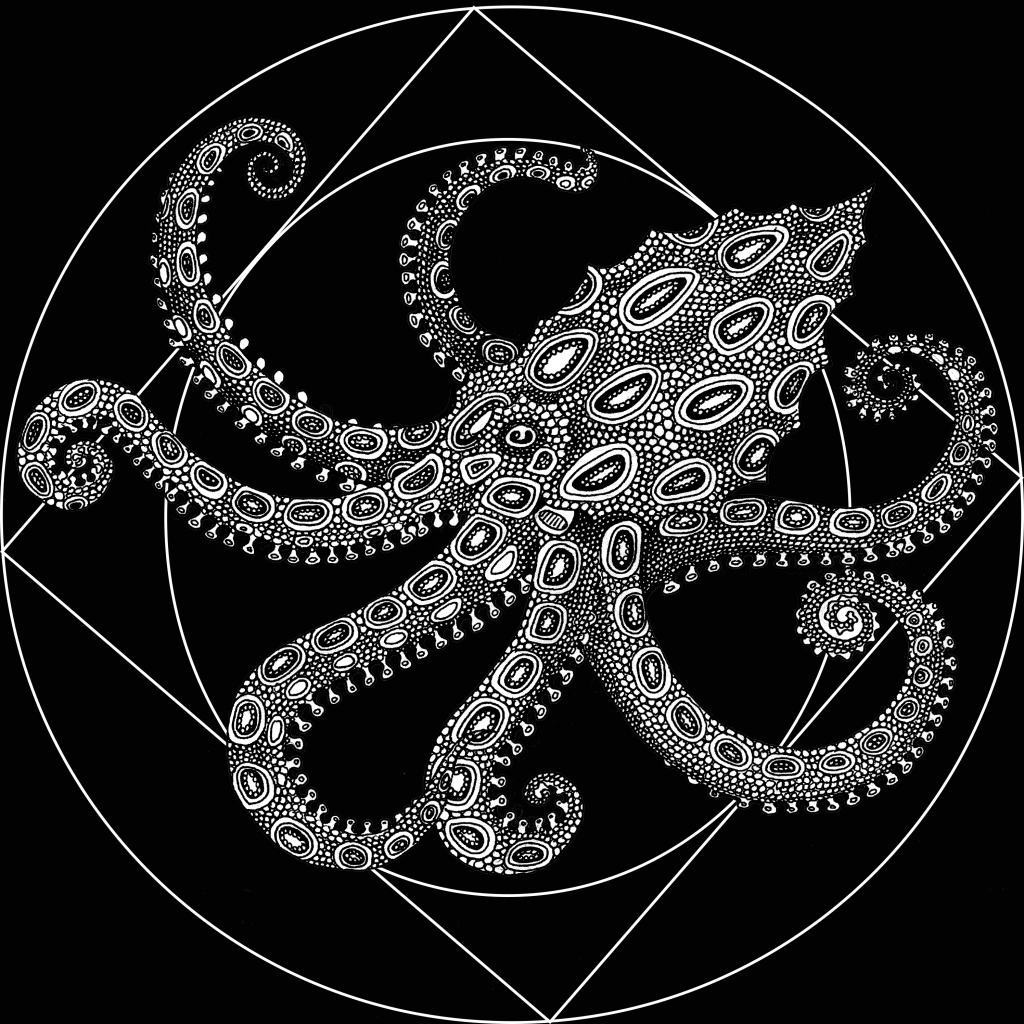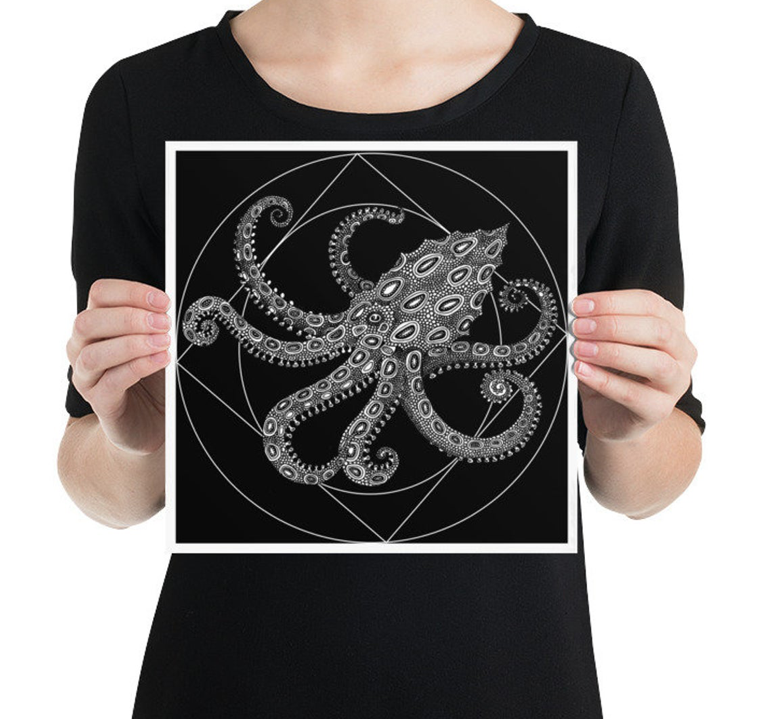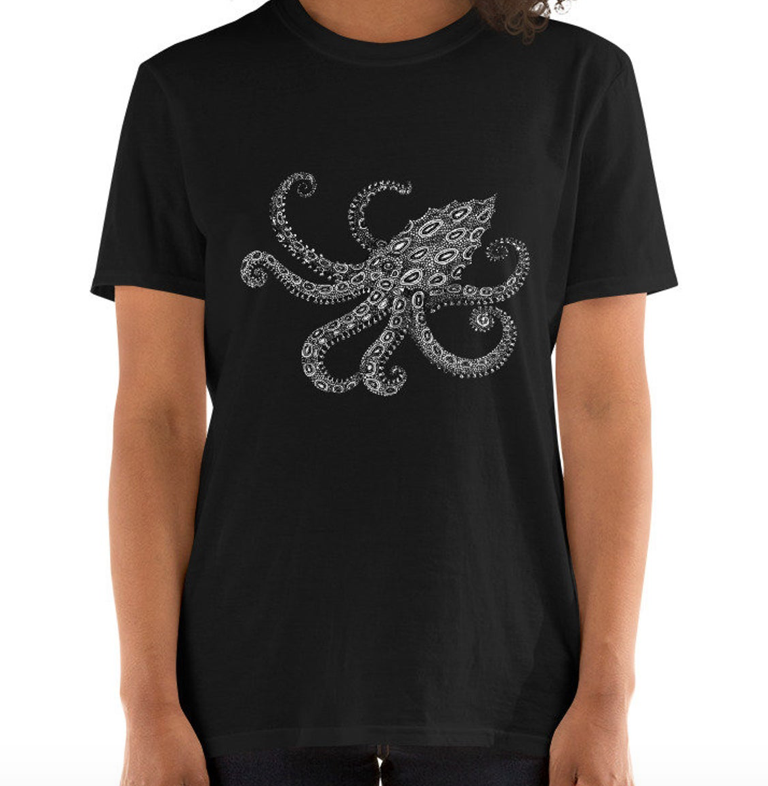Blue ringed octopus

Blue ringed Octopus: Hapalochlaena lunulate
H. lunulate is one of four species in the genus, and is one of the most venomous marine animals. It is a prime example of aposematism, or the advertisement of its unpalatability and the danger it poses through the conspicuous and bright colours in its eponymous rings, which it enlarges and pulsates when it feels threatened. Their feared bite is armed with two toxins that both allow the octopus to subdue their prey (largely consisting of small crustaceans) as well as to defend themselves against attackers. The toxin that is lethal to humans, tetrodotoxin, is produced in the octopus’ salivary glands by symbiotic bacteria and gets dispersed through their beak. A single blue ringed octopus has enough of this venom to theoretically kill 20 people in just a few minutes. The venom is a neurotoxin that causes extensive paralysis in its victims, and, if there is no medical intervention (such as oxygen supply and ventilators), can result in the arrest of respiratory functions and death. It has to be noted, however, that these octopus are naturally docile and of a friendly disposition and will generally only bite if they feel that more diplomatic avenues of reconciliation with their aggressors have been exhausted.
Museum-quality art-prints (starting from 21 USD):

Frontal-print t-shirts (starting from 23 USD):
